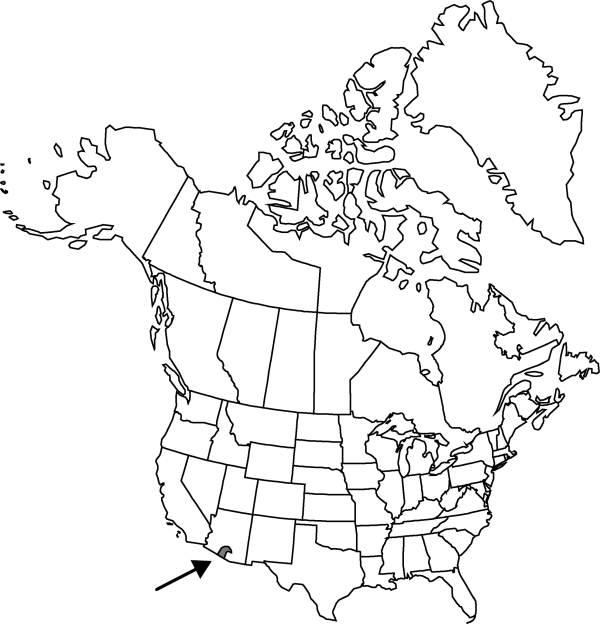Difference between revisions of "Mammillaria thornberi"
W. Amer. Sci. 12: 161. 1902.
FNA>Volume Importer |
FNA>Volume Importer |
||
| Line 34: | Line 34: | ||
-->{{#Taxon: | -->{{#Taxon: | ||
name=Mammillaria thornberi | name=Mammillaria thornberi | ||
| − | |||
|authority=Orcutt | |authority=Orcutt | ||
|rank=species | |rank=species | ||
| Line 49: | Line 48: | ||
|publication year=1902 | |publication year=1902 | ||
|special status= | |special status= | ||
| − | |source xml=https://jpend@bitbucket.org/aafc-mbb/fna-data-curation.git/src/ | + | |source xml=https://jpend@bitbucket.org/aafc-mbb/fna-data-curation.git/src/f50eec43f223ca0e34566be0b046453a0960e173/coarse_grained_fna_xml/V4/V4_461.xml |
|subfamily=Cactaceae subfam. Cactoideae | |subfamily=Cactaceae subfam. Cactoideae | ||
|genus=Mammillaria | |genus=Mammillaria | ||
Revision as of 21:40, 16 December 2019
Plants branching prolifically from base, every branch with independent root system, connections to rest of clone ephemeral, resulting in dense clumps of independently rooted stems. Roots diffuse, upper portion not enlarged. Stems slender cylindric, 4.5–10(–30) × 2–3.5 cm, tapered at base, firm; tubercles 5–9 × 5–9 mm; axils appearing naked; cortex and pith not mucilaginous; latex absent. Spines 14–22(–23) per areole, whitish to yellowish near base, pale reddish brown to nearly black toward tips, glabrous; radial spines 13–21 per areole, whitish, with reduced dark tips relative to central spines, bristlelike, 5–9 × 0.16 mm, stiff; central spines 1(–3) per areole, porrect, hooked, (7–)9–18 × 0.16–0.45 mm; subcentral spines 0(–3) per areole, adaxial to central spines, ± transitional to radial spines. Flowers 1.5–3 × 1.2–2.5 cm; outermost tepal margins densely short fringed; inner tepals white or pinkish with bright rose-pink midstripes, 14–19 × 5–7 mm; stigma lobes magenta, 3–6 mm. Fruits bright red, obovoid to nearly clavate, 7–15 × 4–7 mm, juicy only in fruit walls; floral remnant persistent. Seeds black, 0.9–1.1 × 0.8–1.1 × 0.7 mm, pitted; testa hard, brittle; anticlinal cell walls straight (not undulate); interstices conspicuously wider than pit diameters; pits bowl-shaped. 2n = 22.
Phenology: Flowering Apr–May, Jul–Aug; fruiting Oct–Nov, Feb–Mar.
Habitat: Sonoran desert scrub, valley floors, under shrubs, silty or sandy soils
Elevation: 400-600 m
Distribution

Ariz., Mexico (Sonora).
Discussion
The epithet fasciculata was long misapplied to Mammillaria thornberi; it correctly pertains to Echinocereus fasciculatus (Engelmann) L. D. Benson.
Mammillaria thornberi is in the Center for Plant Conservation’s National Collection of Endangered Plants.
Selected References
None.